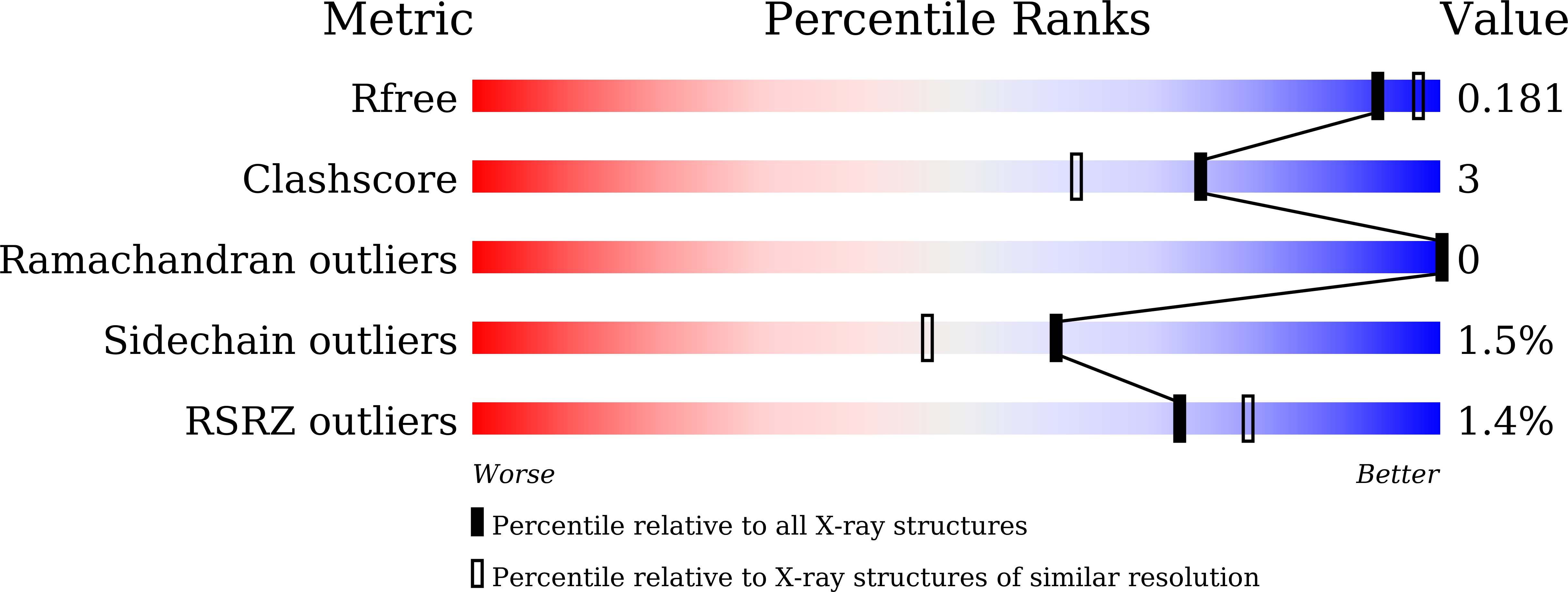
Deposition Date
2023-11-13
Release Date
2024-09-11
Last Version Date
2024-09-11
Entry Detail
Biological Source:
Source Organism:
Aminobacter sp. NyZ550 (Taxon ID: 2979870)
Host Organism:
Method Details:
Experimental Method:
Resolution:
1.84 Å
R-Value Free:
0.18
R-Value Work:
0.15
R-Value Observed:
0.15
Space Group:
P 21 21 21


